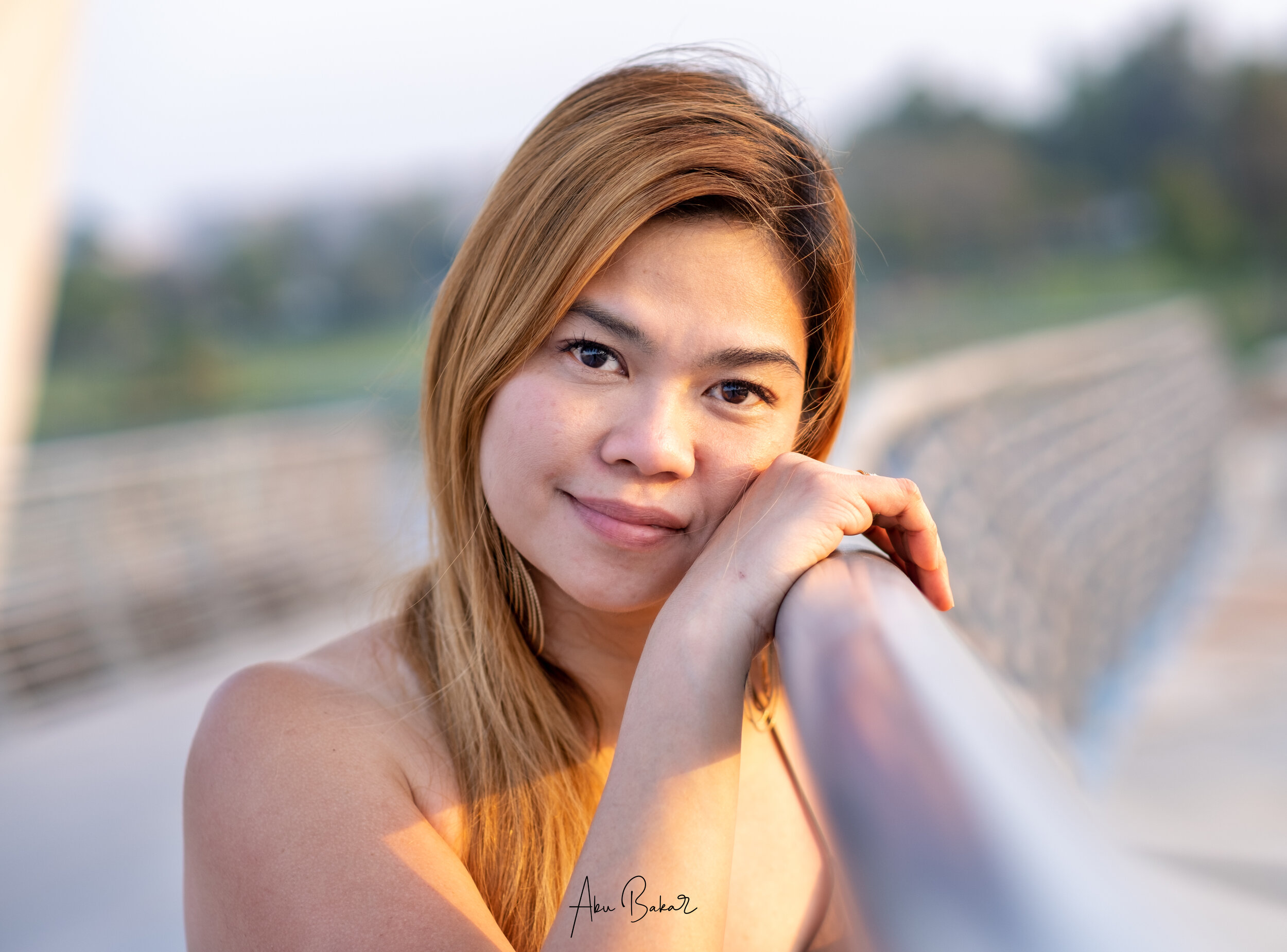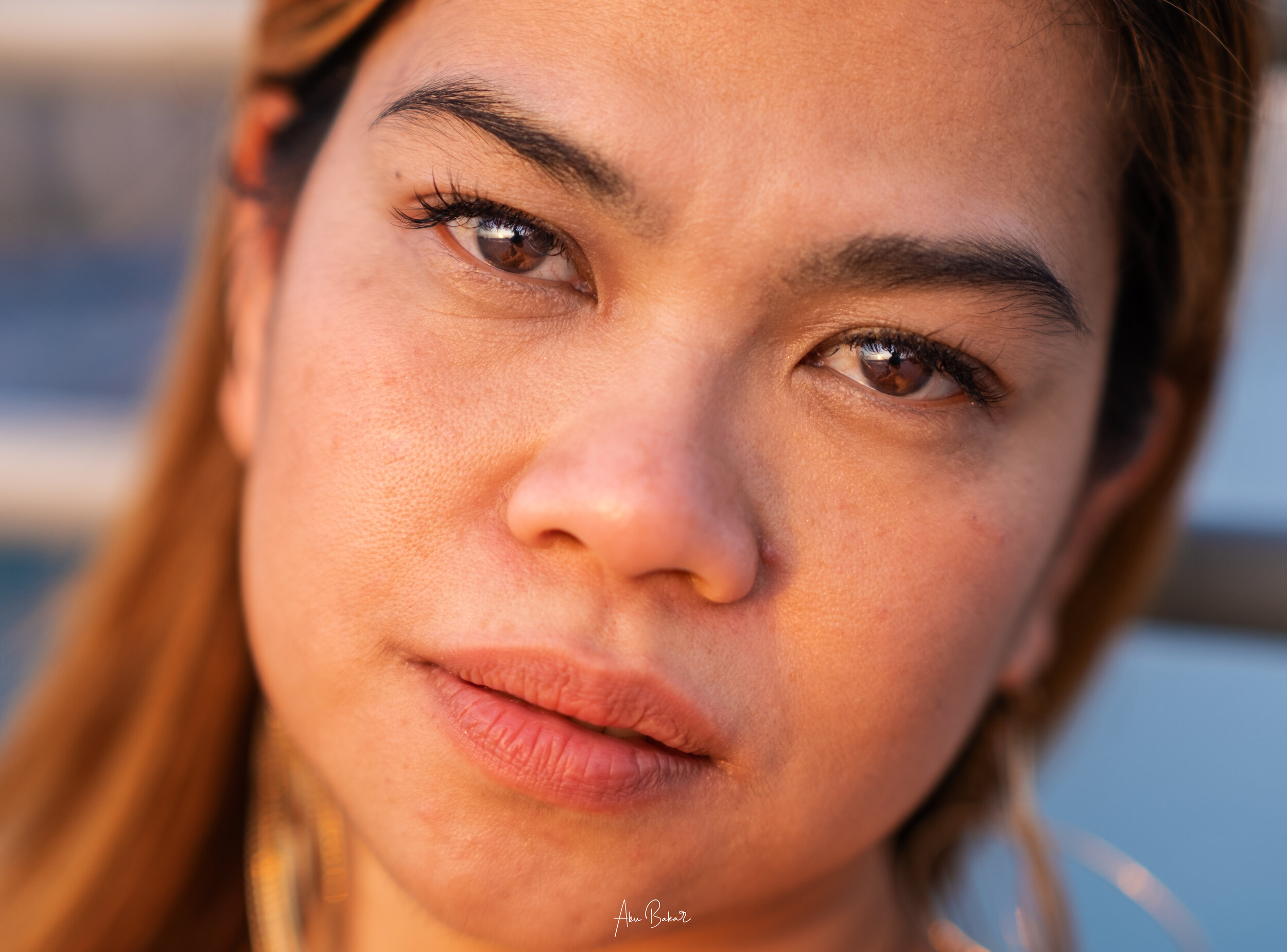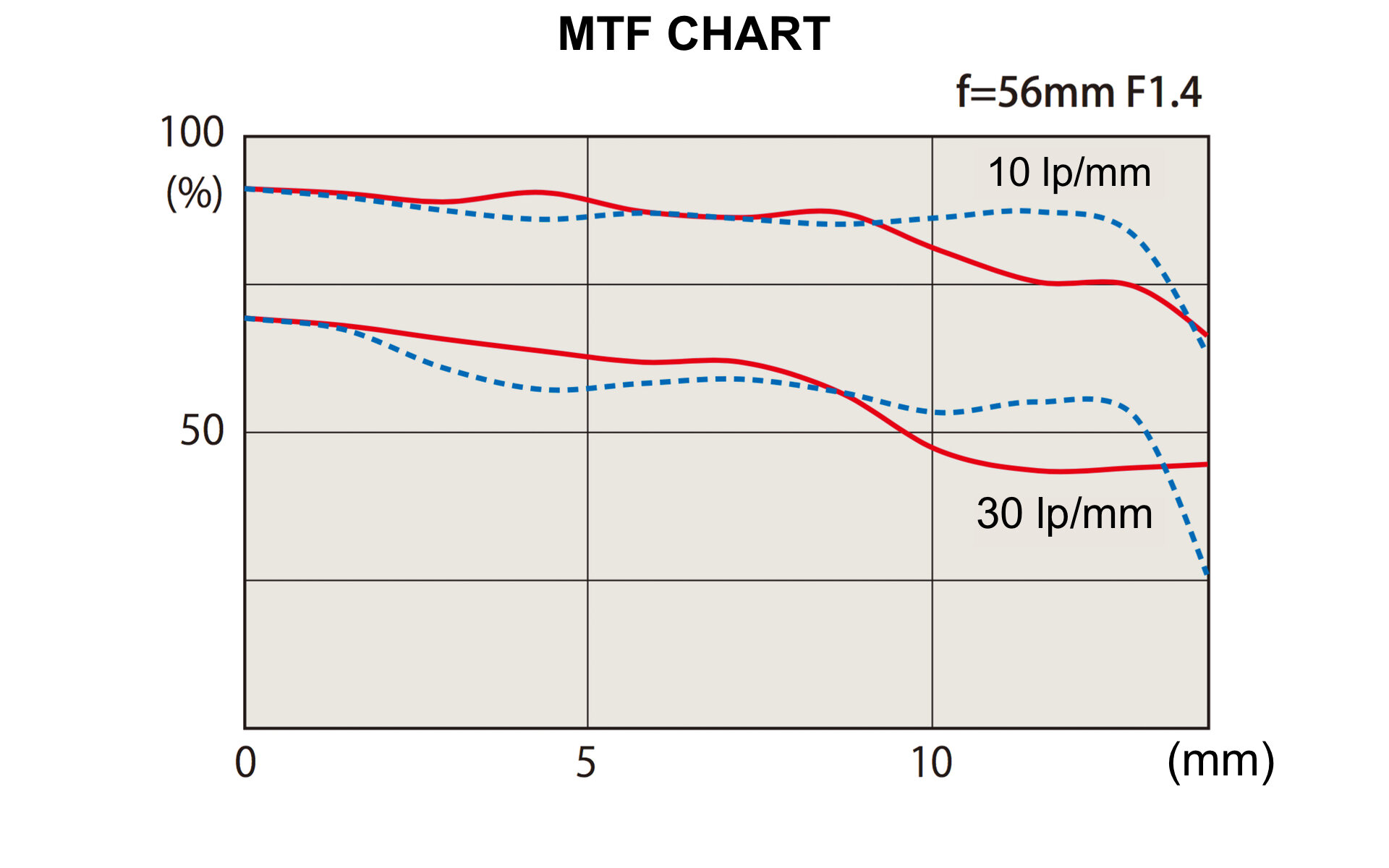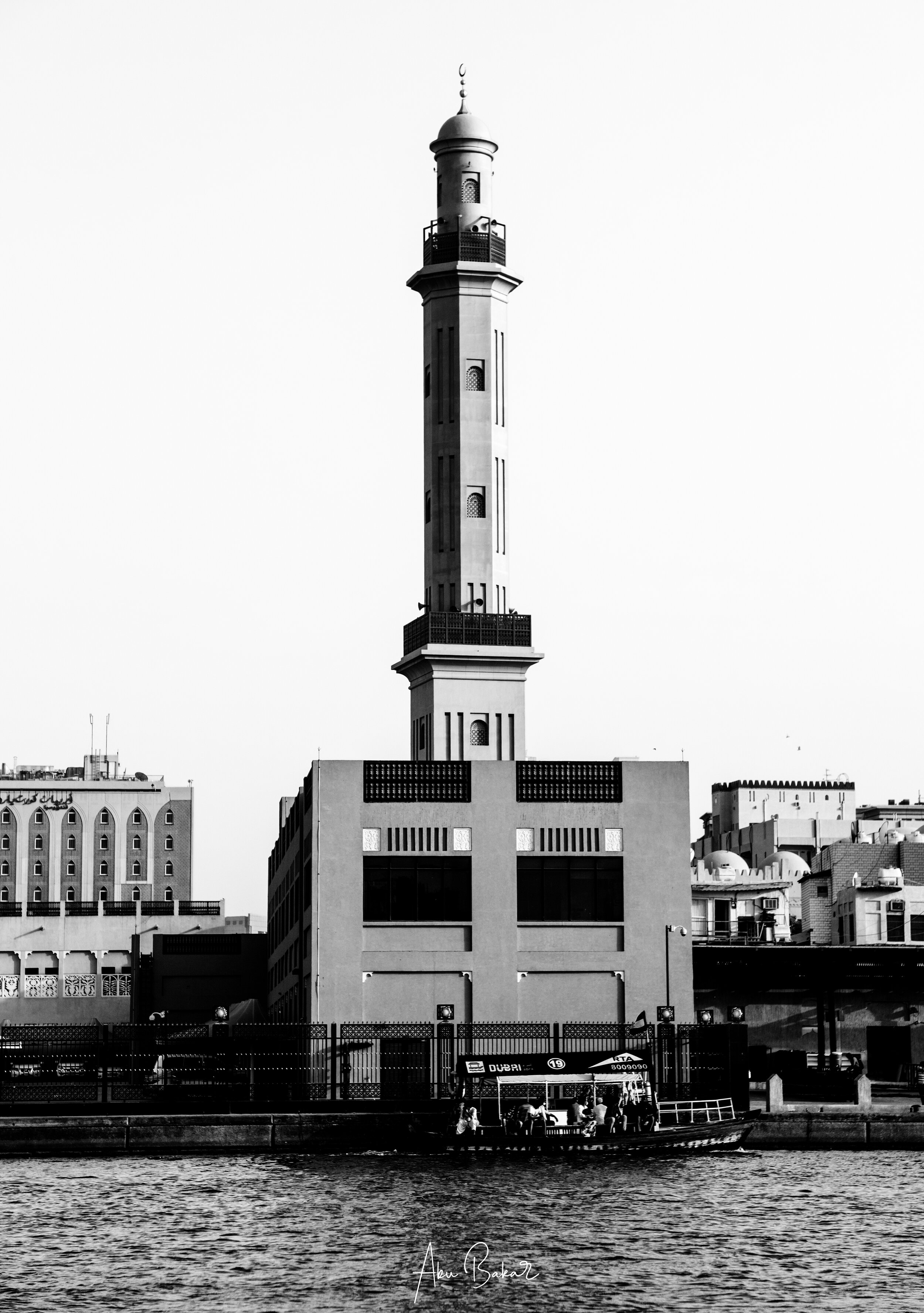Review - Tokina atx-m 56mm F1.4 X
Introduction
Tokina has added another great lens into their master catalogue for Mirrorless cameras and this time it is for Fujifilm X series cameras. During 2020, they introduced 23mm and 33mm F1.4 lenses for the same line of cameras and this addition has strengthen Tokina’s claim as one of the pioneers in lens manufacturing industry.
I am grateful to the Team Tokina for sending me this lens for testing and sharing my honest review. I had almost 40 days to test this lens under different conditions and I shot everything (almost 1300 shots) from portraits to street, still life to architecture and travel because my aim was not to focus on one area but to test this lens under different circumstances.
Combination
I have tested this lens (Tokina 56mm atx-m F1.4 X) with Fujifilm X-T4 & XE $ Cameras, crop sensor cameras. Fujifilm has gained very good reputation in the market due to their versatile features, especially in the case of XT-4, the great handling, low light performance and excellent calibration with lens to provide great image quality.
Features of Tokina 56mm F1.4 X Lens
Wide Aperture of F1.4
Tokina atx-m 56mm F1.4 X has the aperture range from F1.4 to F16. When we say wide aperture of F1.4 or anywhere similar to this range, usually we think the images at this range wouldn't be much sharp but that’s not the case with this lens. Tested from F1.4 till F2.0, all of the images were very sharp and with maximum details.
Anywhere between F1.4 till F2.8, this lens provide extremely beautiful shallow depth of field and background which makes the subject pop up in the image. Not just in portraits, you can feel this feature in almost every image you take.
The most fascinating and beautiful thing you will notice is its “click less aperture” ring. While shooting you can adjust the aperture with so much ease and it works seamlessly and the sound of “one tiny stroke” tells you that you are now at Aperture Priority “A”. I have never seen such sweet engineering before in lens manufacturing.
The next best thing with wide aperture like F1.4 is Bokeh. Honestly, this lens along with other Tokina Primes (Opera 50mm F1.4, ATX 23mm and 33mm F1.4) provides extremely nice and buttery bokeh. Bokeh looks perfect when the subject focused in the photo looks standalone, sharp and shows the beautiful transition towards the sweetly blurred background. This lens is a sweet bokeh master.
Buy Prints Online
〰️
Buy Prints Online 〰️
Calibration with Camera
When camera body and lens are from different manufacturers, the calibration or communication sometime is tricky because if both lens and camera will not calibrate at very highest level, the performance during shooting will go down (i.e. you had the chance to click an image of a moving subject but camera/lens didn’t respond on time) and you as a photographer will suffer at every click. When shooting with Fujifilm, you have to make sure that your lens is calibrating with (at least) the following functions without any problem:
Face detection (for portraits and street)
Eye(s) detection (particularly in portraits)
Switch AF/MF
Focus Area, points & mode
In-body image stabilisation (street & travel photography)
Tokina tax-m 56mm F1.4 X calibrate at a very fast pace with all of the above functions. I tired the above so many times, by changing the seconds all of a sudden and found no issues. Tokina 56mm F1.4 has full marks in this area.
Sharpness
01 Dirham Ride (Photo Series)
As mentioned above, you must be thinking that a lens wide open at F1.4 aperture can not be sharp. Well that’s wrong. Even wide open at F1.4, Tokina 56mm F1.4 X is quite sharp. Importantly, there are many factors behind this. What I have seen during shooting that lens calibration with camera body was a huge factor and also advanced low dispersion (SD) glass elements used in it’s manufacturing gives the required boost.
I can confidently say that Tokina atx-m 56mm F1.4 X is one of the sharpest lenses I have ever tested.
Focus
Focusing especially auto focusing is very smooth and fast. Moment you half press the shutter release button, camera integrate with lens (through built in internal focus) and shows the focus points immediately in almost no time and that’s very satisfying. Majority of Fujifilm X cameras provides auto focus shift (on screen and through viewfinder) through a small on camera button and that can put the lens in a realtime test if you are changing it frequently but Tokina atx-m 56mm F1.4 X passes that test as well.
One of the portrait models (while shooting) said, “I could actually see the aperture curtain opening and closing and it was quite mesmerising”.
Chromatic Aberration
CA was the reason I took hundreds of shots. I was initially concerned on how this lens will perform at this parameter. I will not say that I didn’t find CA but it was quite minimal even in the presence of harsh light and refractive subjects. Why? Due to Low Dispersion elements. You may find little chromatic aberration if your subject is right in front of harsh sunlight or your white balance is not adjusted well for the shooting conditions or you are shooting close to F1.4 range. Right after F2.0, CA is almost gone.
Factually speaking, when CA is at minimal level, it gets fixed automatically in post processing, especially with advanced version of Adobe Photoshop CC, the pre-adjusted CA reduction setting removes it very well so it shouldn’t be a concern here.
Distortion
In my opinion, distortion can be tested when you are shooting architecture. Thats when the lens shows its capability in handling distortion. Usually you will notice that vertical lines are not straight and you have to adjust them manually. It is quite possible to adjust distortion but ideally the lens shouldn’t be giving such unnecessary issues to the photographer.
Moreover, in portraits, your subject will start looking unnatural because both camera and lens needs to show a perfect correlation in presenting focused and unfocused areas of the photo. For example, the area towards nose and chin will look a bit accentuate. After taking at least 200 portrait shots, I am very much convinced that distortion is almost zero with this great lens.
Focal range
Focal range is what make this prime lens more perfect and ideal. Tokina tax-m 56mm F1.4 X mounted on a crop sensor camera body will give you a focal range close to 85mm. Now imagine you have an 85mm F1.4 lens and the first thing comes to your mind is incredible portraits and bokeh which is quite right but why only stick with these two elements when something so beautifully engineered can provide even above and beyond.
So what I did, mounted this lens of Fujifilm XT-4 and kept on shooting whatever I feel like photographing. From portraits to architecture and street and it was really fun seeing how simple, handy and beautiful this lens is.
Build Quality
Let’s just say that I am very much interested in talking about the build quality of this prime lens. Tokina atx-m 56mm F1.4 X is probably one the best in build quality. I have used many great lenses from other manufacturers but this small prime lens is something different. Weighing (ideally) around 315gm with dimension of 65 x 72mm, it feel like you are holding a small piece of metal (all metal construction) in your hand, which can easily fit in your fist and the only parts which are nonmetal are its front and rear caps. The deep lens hood is perfect to block glare when you are shooting in the sun light.
“Tokina atx-m 56mm F1.4 X is not lesser than Fuji 56mm F1.2 or I can confidently say that it has class of top tier camera/lens manufacturers including Zeiss or Leica”.
A perfect optical design of 10 elements in 09 groups, 09 diaphragm blades for sweet bokeh and F1.4 aperture makes this prime ideal for portraits and closeup street photography.
Last but not least, the click less aperture is just a beauty. Manual control over your aperture by just rolling the ring from F1.4 to F16 and then jump on “A”.
Comparison
I always say, poor quality glass in front of a great camera is a poor decision. Whether it’s filter or lens, it has to be perfect. Because we being photographer can enhance our knowledge and skills but the gear sitting in our bags will remain the same, even after 05 years, it wouldn’t convert itself into some miracle. So always invest your money into right products.
But I am also against wasting your money. If the end quality in a photo is the same then why we have to spend as much as double? It doesn’t make any sense to me. In my opinion, young photographers all over the world are speeding too much money on gear which fascinate them on social media but in reality they are being charged for all those fancy marketing campaigns as well.
The first competitor of Tokina atx-m 56mm F1.4 X is Fuji 56mm F1.2 lens. The only difference is the more wider aperture Fujifilm is providing but my question is that how many times will you be shooting at wide F1.2 aperture? Probably not everyday unless you are in specific circumstances. Moreover, as of today, only Zeiss and Fujifilm has provided such range of lenses in APS-C series and there is no lens from either Tamron or Sigma so this gives Tokina an advantage for entering the market at the right time with right product. The price comparison here is also almost double. Fujifilm 56mm F.12 is quoted at approximately USD1000.00 and Tokina 56mm F1.4 will be around USD450.00, that’s a huge difference.
I did find one thing which could have been improved and that’s minimum focus distance of 0.6 meters. Because when I see lenses from Sony, they do provide an enhanced and more close focus range so this could have been the case with this lens. But still it’s up to the mark what Fujifilm is providing.
Summary
“Tokina atx-m 56mm F1.4 X for Fujifilm APS-C cameras is a great lens overall with excellent build quality (metal construction). Providing wider aperture at F1.4 for superb portraits and street photography. With the price range of approximate USD 450.00, it is going to be a favourite lens for many”
















